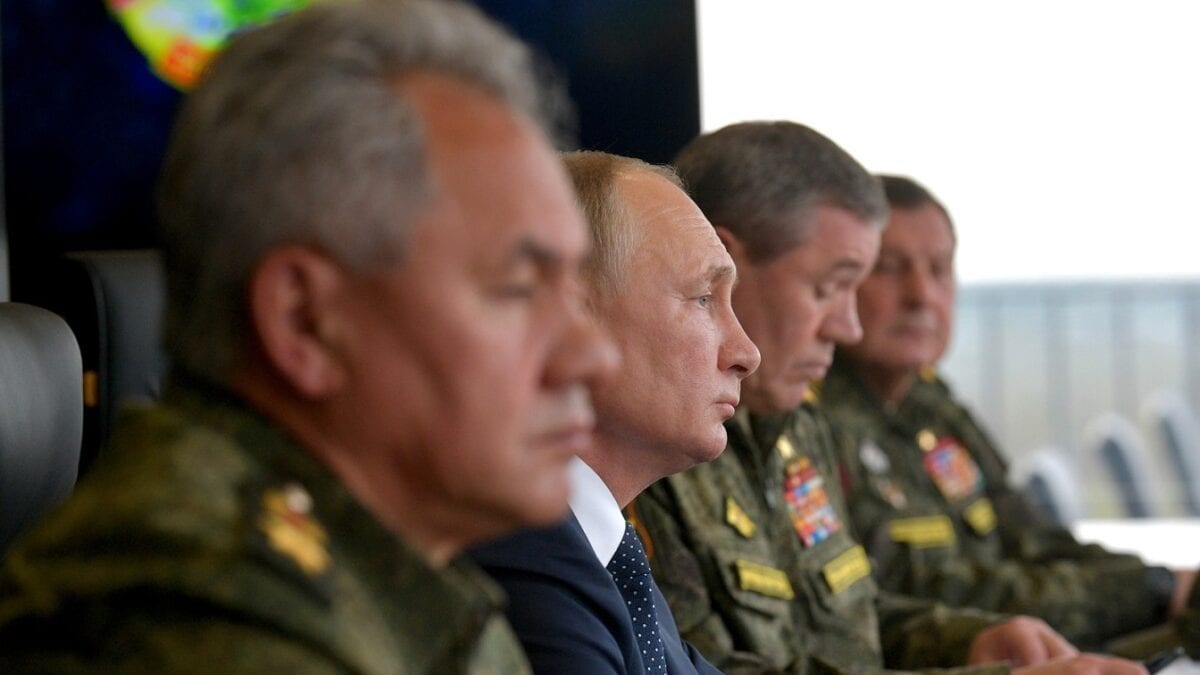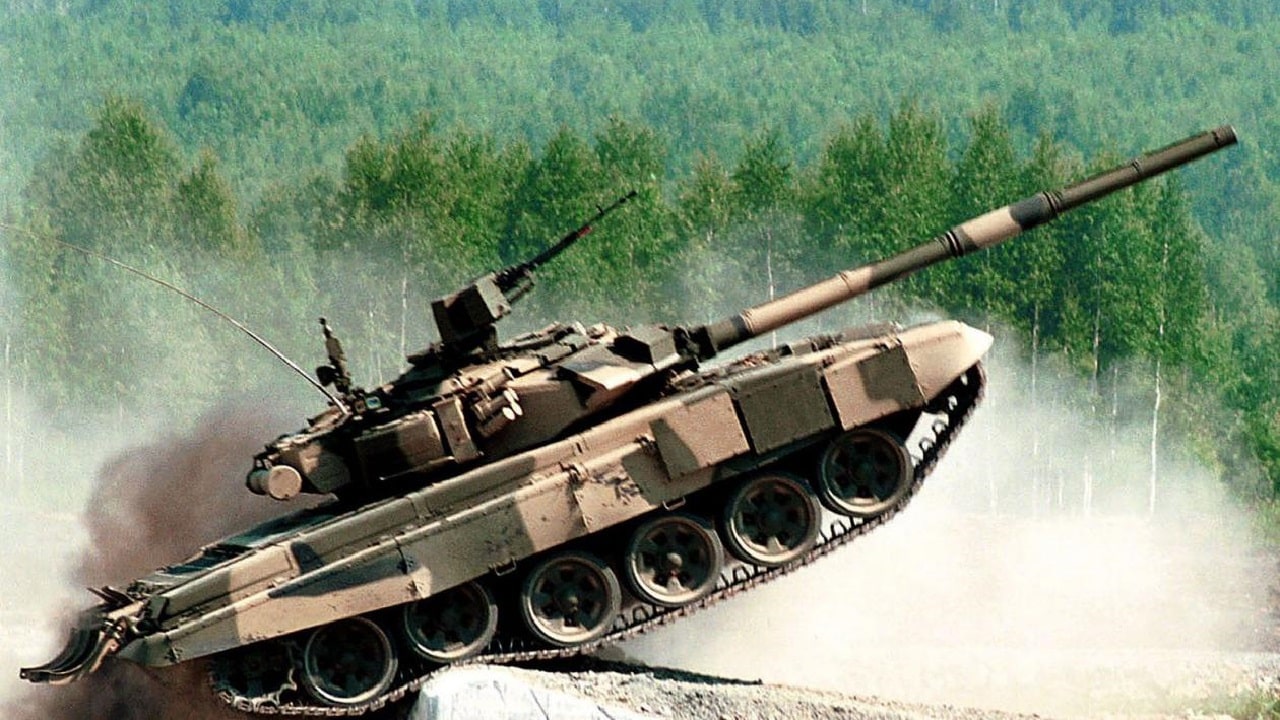Ukraine’s resistance to Russia is genuinely heroic. People around the world have been moved by the inspiring imagery on social media. Ukrainian President Volodymyr Zelensky has become a global celebrity overnight. In this passionate moment, there have been widespread calls for the West to do more.
This is tempting of course. The NATO alliance sits right across the border. Ukraine borders three NATO members. That enormous convoy of Russian armored vehicles north of Kyiv is an attractive target, and Ukraine does not appear to have enough assets to strike it. Zelensky has asked for NATO to impose a no-fly zone over Ukraine. Strategically, this makes sense for the Ukrainians. Russian airpower substantially outguns the Ukrainian side. The incompetence displayed on the Russian side this week will likely slowly give way. The sheer weight of Russian power will likely be brought to bear in the coming month. Ukraine will still probably lose the conflict – even if the likelihood of that is lower than we thought last week.
But a no-fly zone, despite the immediately operational gains, is a substantial strategic risk. Hence most Western politicians have opposed it. Instead, the more practical, less dangerous debates are: how hard should we sanction Russia? And how many weapons and ammunition should we give Ukraine?
A No-Fly Zone is a Huge Risk
A no-fly zone would require that NATO patrol the skies over Ukraine. Even if the flight ban was applied to both parties in the war – both Russia and Ukraine – in an effort to appear politically neutral, the weight of its costs would more heavily fall on Russia given its superiority air capabilities. The Russians would almost certainly resist and reject this move. Indeed, to preemptively stop NATO from considering such ventures, Putin explicitly said at the beginning of the war that third party intervention would be met harshly, and he stepped up Russia’s nuclear alert a few days later to again signal that we should stay out.
This means that a no-fly zone would almost certainly eventuate in NATO and Russian airpower shooting at each other. Even if those engagements were not between planes or helicopters directly, NATO would also strike Russian surface-to-air missile batteries; they would likely return fire.
In short, it is very easy to see a no-fly zone sliding toward a sustained shooting war between nuclear-armed NATO and nuclear-armed Russia. Were NATO pilots shot down, there would be pressure to send in NATO search-and-rescue to find them. That would place NATO ground forces on the battlefield. This is so dangerous, the escalatory risks are so tremendous that Western leaders have almost uniformly opposed it. NATO publics also do not support moves that openly risk general war with Russia.
Less Risky Help
We do have other options, though, besides hugely risky kinetic intervention.
First, we are harshly sanctioning Russia, and those punishments will really start to bite in the next month. Russia’s economy is only mid-size now – about the size of Spain’s – and it is deeply corrupt. So external pressures will feed through soon. Indeed, the value of Russia’s currency has slipped by 1/3 since the start of the war, and the Russian government has not re-opened the stock market either, likely for fear of a panic. It is pretty clear now that Putin expected a blitzkrieg into Ukraine to install a Russian stooge, followed by a quick withdrawal. As the war bogs down into a protracted conflict and possibly an insurgency, there will be continuing pressure in democratic states to keep the sanctions in place. Indeed, if Putin resorts to harsh tactics, like shelling Ukraine’s cities, to win, then the sanctions clampdown will increase and China may feel compelled to distance itself from Moscow.
Second, we can provide weapons and ammunition. Indeed, like the sanctions, this effort has already begun. Countries that previously dithered on this, most obviously Germany, are coming off the sidelines. If Ukraine can hold out long enough, this inflow looks to become a lifeline for the Ukrainian war effort in which Ukraine provides the people and we provide the kit. And this can be decisive. Soviet and Chinese assistance to Vietnam provided the weapons to a tough, nationalistic people who fought the Americans to stand-still in the 1960s. In the 1980s, the same happened in Afghanistan. The United States and others sent weapons and ammunition to the mujahadeen who fought the Red Army to stalemate there.

President Putin watches the Zapad 2021 joint strategic exercises of the armed forces of the Russian Federation and the Republic of Belarus.
This may not be as emotionally satisfying as striking that long, traffic-jammed convoy north of Kyiv. But risks of escalation are so high, that this is just not an option. As the war grinds on, other options such as volunteer fighters along the lines of the International Brigades in the Spanish Civil War will appear also.
Putin is in trouble. If he does not win soon, he faces a massive Western arms effort supplemented by a sharp, forced de-coupling of the Russian economy from its traditional export markets. Even without a no-fly zone, this is already a massive strategic blunder for Putin with no obvious face-saving way to get out.
Robert Kelly is a professor in the Department of Political Science at Pusan National University in South Korea and a 1945 Contributing Editor. Follow his work on his website or at Twitter.

